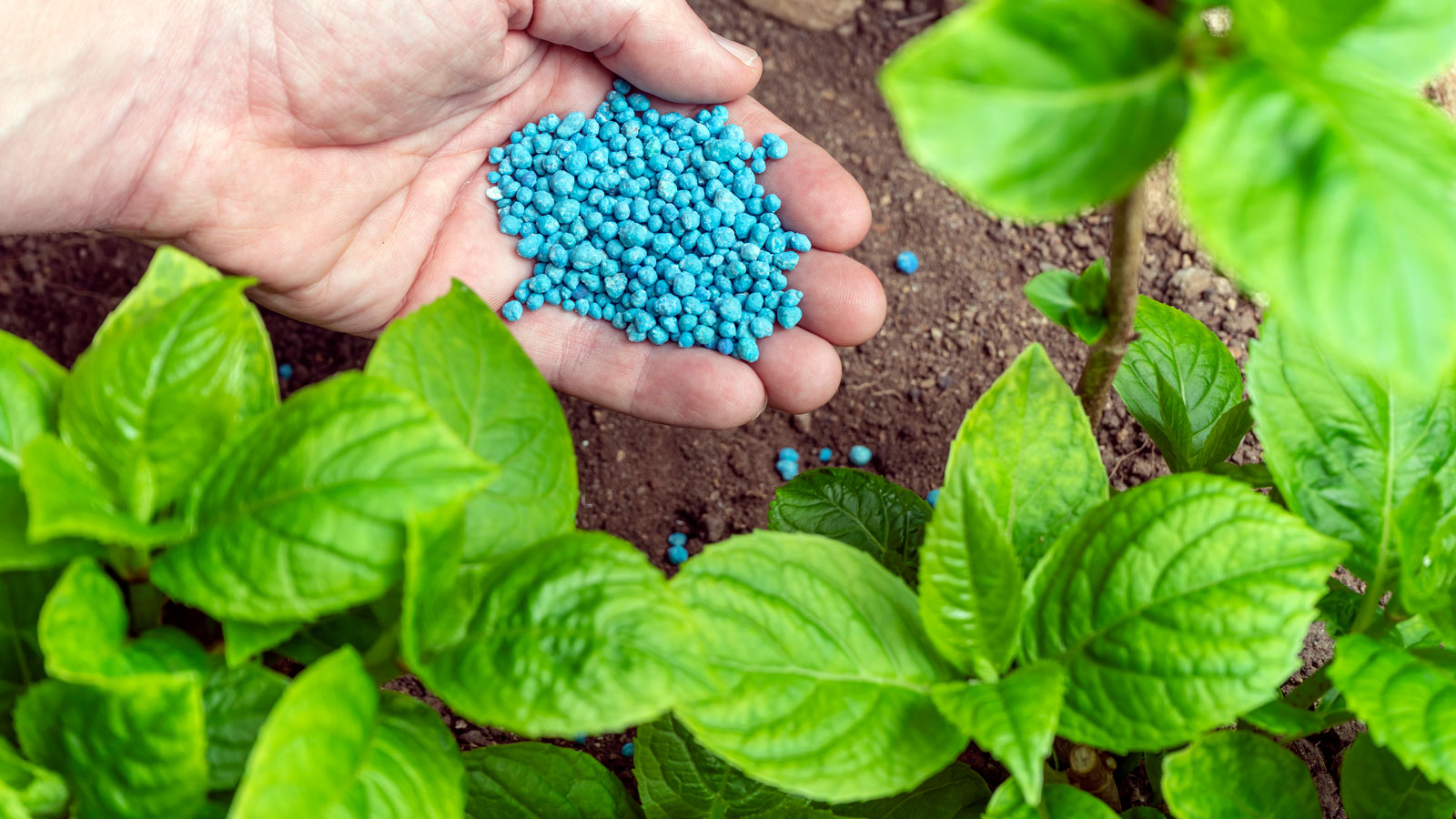When To Fertilize Plants: Best Times For Application Of Fertilizer


Well-managed soil with plenty of organic amendment is rich in micro- and macro-nutrients essential for good plant growth and production, but even the best-managed garden plot can benefit from fertilization. The way to maximize these benefits is to know when to fertilize plants.
Application of fertilizer in the wrong season can cause bursts of tender new growth that can succumb to cold weather. For this reason, a fertilizer application schedule for each type of plant is an effective tool.
When to Fertilize Plants
Fertilizers contain the building blocks for foliar and fruit production, bloom formation, and root and general plant health. In poor soils, the treatment is essential for good plant vigor. The application of fertilizer may be from a soil drench, time-release granular formula, stakes, or foliar spray.
Whichever method works best for you, the time of year for fertilizing is a crucial bit of information. Each plant is slightly different, but there is one overall rule for most plants.
The umbrella rule for the annual application of fertilizer is to apply in early spring. This encourages leafy growth and the production of flowers and then fruit. In some zones, early spring may still contain the surprise of a late freeze or even snow, which can harm the new growth forced by fertilizing. In these regions, it is best to wait until the date of your last frost to prevent harm to juvenile growth.
Fertilizer is most effective when used on plants at their peak growing cycle. This is when the plant is leafing out for deciduous species, flowering, or putting on new growth after leaving the dormant winter stage. The time of year for fertilizing most plants would then be spring.
Other Fertilizer Application Times
Indoor pot-bound plants may be fertilized with a liquid plant food every month for most varieties. This is only during spring, summer, and fall. Suspend fertilizing plants in winter, as they are not actively growing.
Gardening tips, videos, info and more delivered right to your inbox!
Sign up for the Gardening Know How newsletter today and receive a free copy of our e-book "How to Grow Delicious Tomatoes".
Outdoor plants, such as vegetables, benefit from gentle formulas or slow-release fertilizer throughout the season. The slow-release will gradually feed the plants for months. Feeding vegetables during the entire growing season increases growth and productivity.
As a rule, avoid fertilizing new plants until they establish. It can cause a burst of growth that makes the plant weak and leggy. Other fertilizer application times will be found on the plant food itself or consult your local extension office or master gardener program for specific plant needs.
It is important to follow the application method and rate recommended by the manufacturer.
How to Apply Fertilizer
It is estimated that 3 pounds (1.5 kg) of nitrogen per 1,000 square feet (93 square meters) is adequate for good growth on woody plants. That number may be adjusted to half that rate for some ornamental plants.
Perennials benefit from only 1 pound (0.5 kg) of nitrogen per 1,000 feet (93 square meters). The time of day to fertilize is important as well. If you are applying repeated applications to vegetables, for example, apply during the coolest part of the day.
For plant spikes and granular formulas, the best time of day to fertilize is when you are watering so the nutrients can start to break down and get to the plant's roots. This also prevents root burn. In any fertilizer application, it's a good idea to water thoroughly to get the plant food to where it will do the most good.
Avoid excessive fertilizer and preferably perform a soil test to see what nutrients your garden is deficient in. Over-fertilizing can be as bad as no fertilizing and a soil test can point out what, if any, is needed for a bountiful harvest and vigorous plant growth.

Bonnie Grant is a professional landscaper with a Certification in Urban Gardening. She has been gardening and writing for 15 years. A former professional chef, she has a passion for edible landscaping.